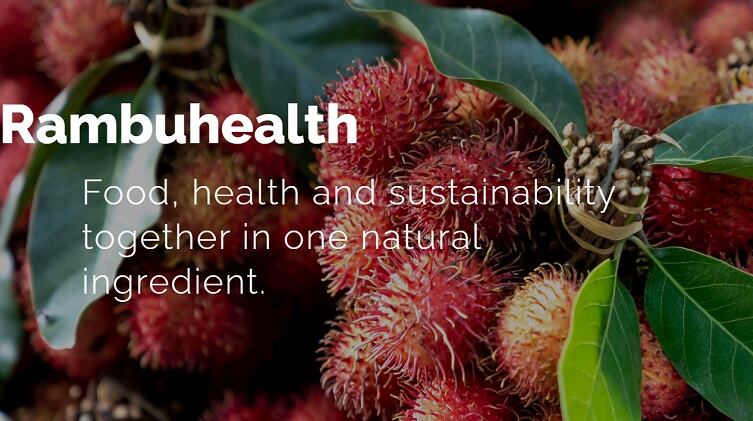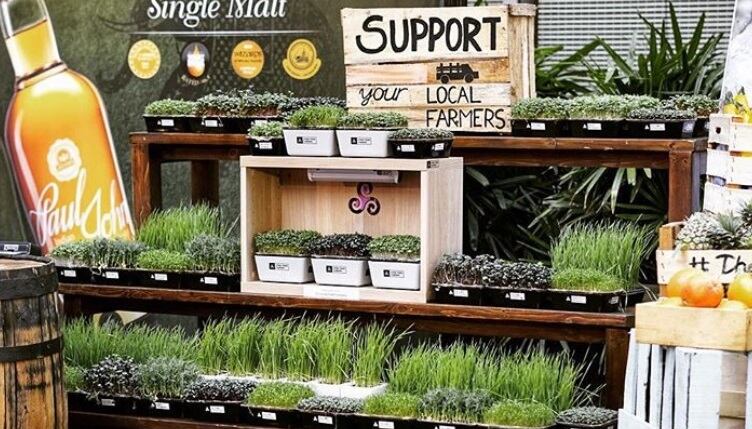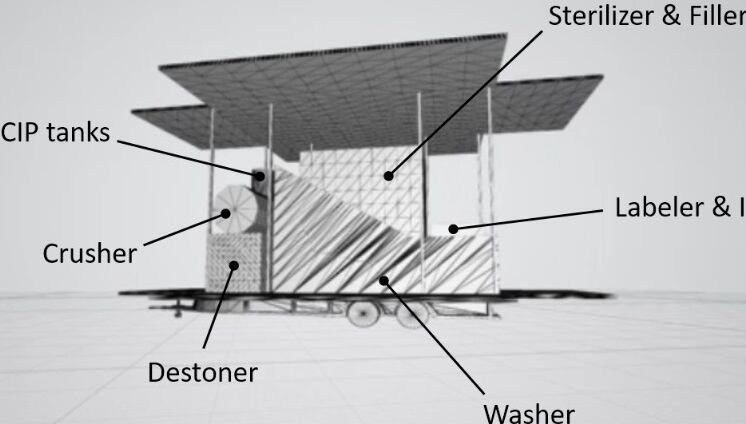When Evan Lutz began Hungry Harvest six years ago to fight food waste and hunger simultaneously he did so with a business model that he thought could be replicated easily beyond his home base in the mid-Atlantic to make an impact in almost any major city.
Despite detailed planning with stakeholders and the strategic selection in 2017 of Miami for its proximity to farms and sizable potential consumer base, Lutz said Hungry Harvest’s initial expansion did not go as effortlessly as he hoped. But, he adds, he learned valuable lessons that helped him expand more smoothly into additional regions since then.
Go where there is demand
One of the main reasons that Lutz says he chose Miami for the company’s first move outside of the mid-Atlantic region was because it was so close to rich growing regions where he knew he could successfully rescue from farms produce that traditional retailers didn’t want and that was at risk of going to waste.
But he quickly learned that having a stable supply chain is only half of the equation – the other is having consumers. Lutz said that the company initially struggled to raise brand awareness in a region that was so far from where it launched. The word of mouth simply wasn’t there as it might have been if he’d expanded closer to his original market in the Washington, DC, area.
Going forward, he said, expansion plans have been demand-driven, rather than supply-oriented, with the company more aggressively building brand awareness in a target area before launching.
Bringing together remote workers
Another unexpected challenge during the expansion was setting up and integrating a remote team 1,000 miles away from headquarters.
“Building a remote culture … is really tough,” Lutz said, noting that at the time more than 20 people were clustered around the company’s home based in the Mid-Atlantic, but only two people were based in South Florida.
“We had to find creative ways to make sure they felt engaged and part of the team and part of the family and didn’t feel like they were isolated down in South Florida. And we have sued some of those creative ways to build our culture in other markets as well,” he said.
Be flexible
Finally, Lutz said, the company’s expansion into Southern Florida underscored the truth behind the adage that no battle plan survives the first shot and the need to be flexible and adaptable.
Lutz explained that despite creating detailed plans, as soon as Hungry Harvest began packing boxes and advertising in South Florida it needed to pivot things immediately started to go wrong.
“You have to really be on your toes and we learned a lot in delivering boxes 1,000 miles away from where our first process was,” Lutz said, adding that he used those lessons to create new standard operating procedures that improved not only how the company operated in South Florida, but later in other regions as well.
While initially off to a rocky start, South Florida is now one of Hungry Harvest’s best and fastest growing markets, and the lessons the company learned there are helping to pave the way forward as the company strives to serve more than 100,000 people per week in at least 15 cities in the future.
Lutz said the company also plans to expand two service oriented programs – one that sells boxes at cost or a lower price point to lower-income families who might not otherwise have easy access to fresh produce, and the other provides prescription produce to help prevent or manage diet related chronic disease.
Recognizing that these are ambitious goals, Lutz added he is grateful to have in place the right team to do it.



